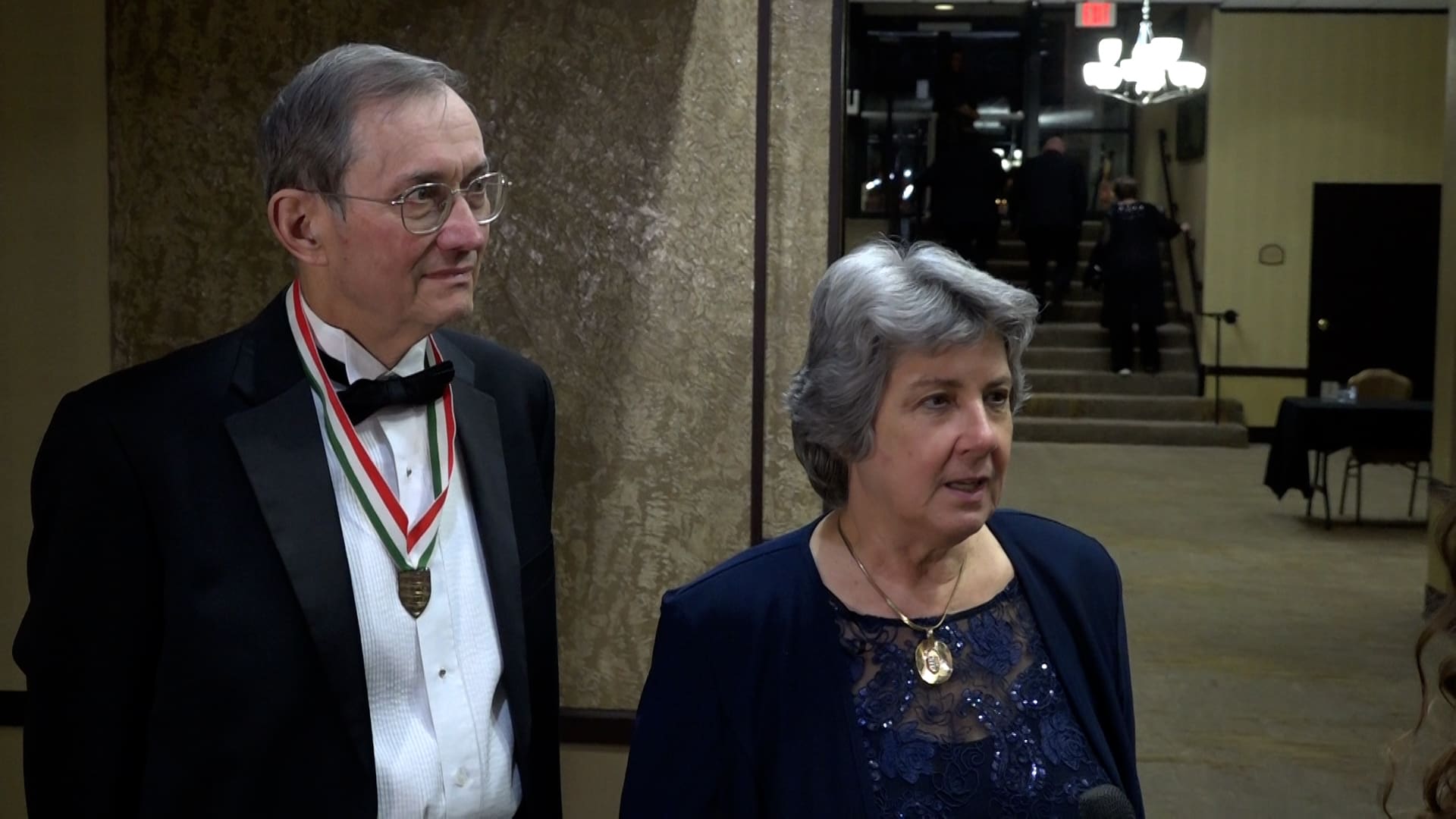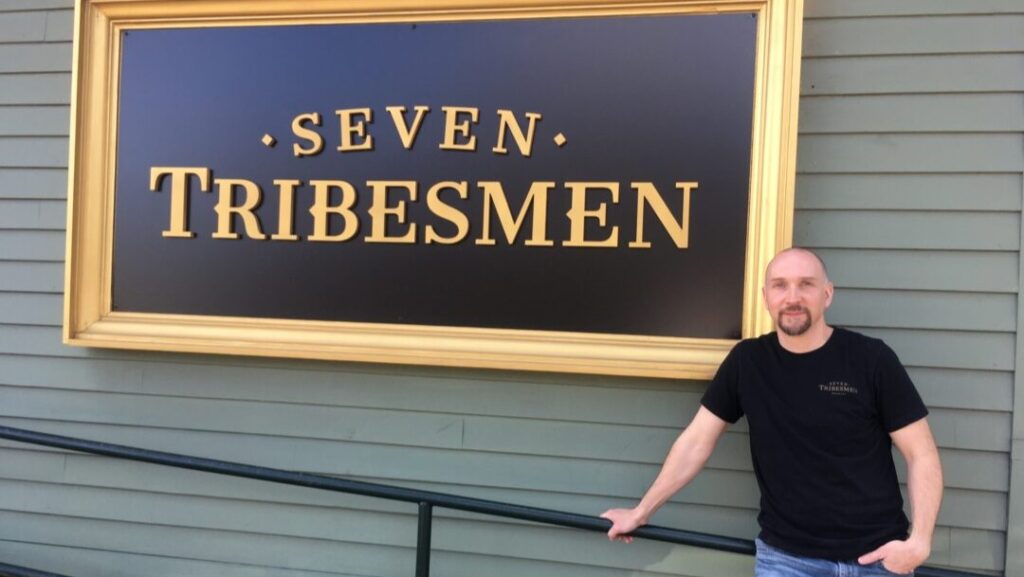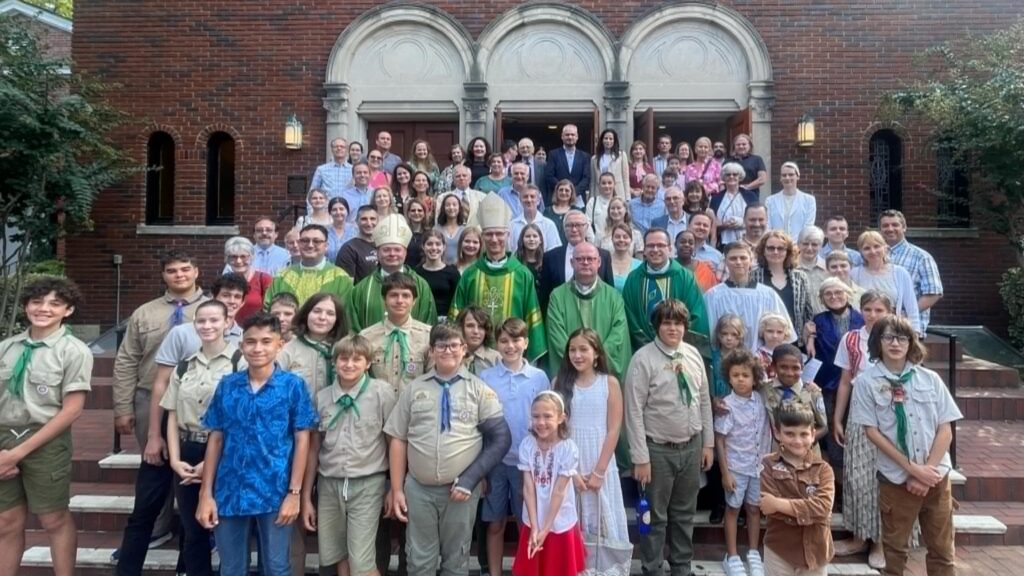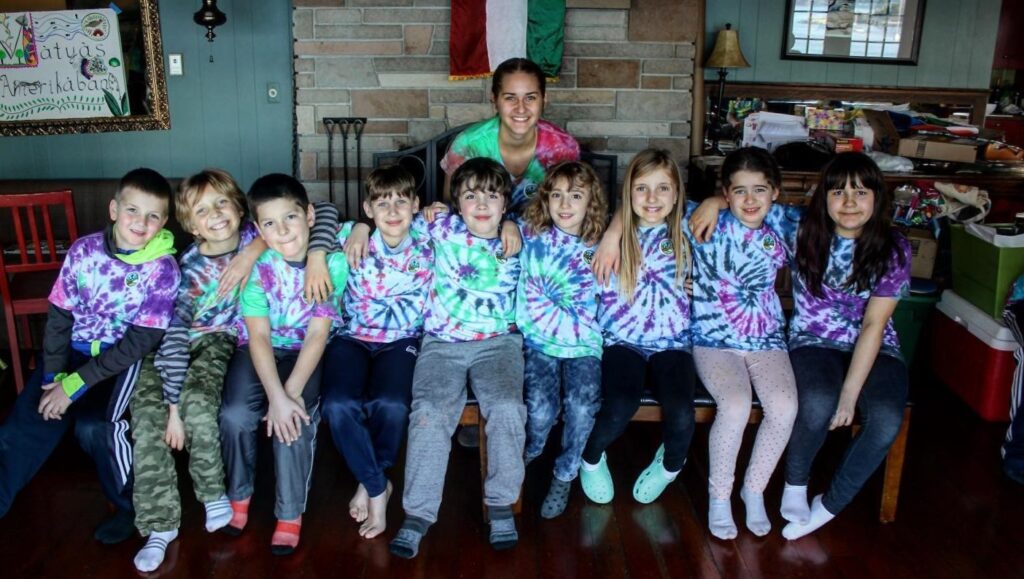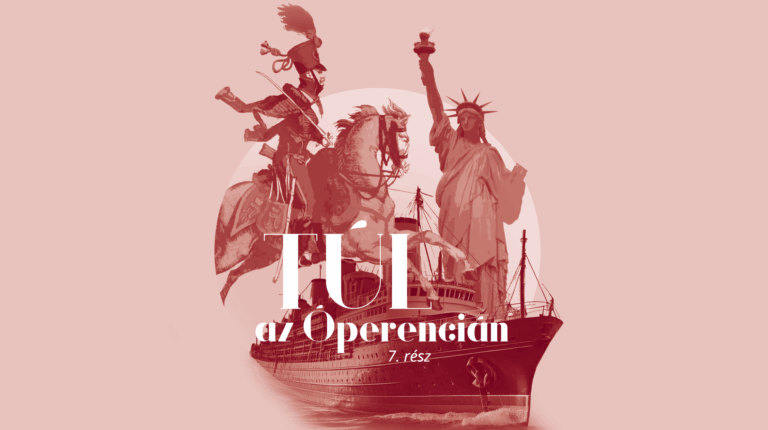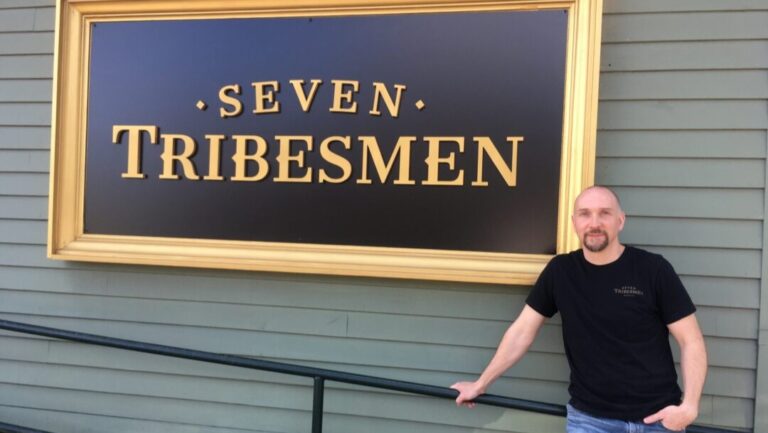The 62nd Hungarian Congress organized by the Hungarian Association of Cleveland offered a diverse and valuable programme of scientific, economic and literary presentations as well as cultural experiences. Executive president Gabriella Ormay Nádas explained: the annual event and the organization itself were part of her husband’s (dr. János Nádas) family legacy; but she also inherited a family legacy of her own: commitment to the Hungarian diaspora in North America as well as the support of the Hungarian Reformed Church’s Collegiates in Transylvania.
***
Please tell us first about your family, so that our readers may get a better idea of your legacies.
My parents immigrated from the Érmellék region (Transylvania, now part of Romania) and were so-called 1945 refugees. My mother, Gabriella Ormay (nee Kiss), was a volunteer nurse during World War II; she left the country with the retreating German-Hungarian army and never returned. My father, Dr. József Ormay was a bomber pilot whose squadron surrendered to American forces in Austria. My parents married in England and emigrated to Canada; I was born there. My brother and I grew up on the Niagara Peninsula. Very few Hungarians lived there, but my father was often invited to speak at local Hungarian national commemorations, so we never questioned our Hungarian roots. When I moved with my family to Toronto to attend University of Toronto School of Pharmacy, my family became active in the Hungarian community. My mother taught Hungarian at Helicon Hungarian School and succeeded in getting these language courses accredited by the Province of Ontario. My father also served as the president of the Hungarian House for two years. My parents had an ingrained sense of duty to serve the Hungarian community. I think they were able to instill those emotions in us. I became a scout leader, joined the Helicon Youth Association, of which I later became president. The Helicon Association was founded by Canadians of Hungarian descent aiming to promote and disseminate Hungarian national heritage, culture, history and traditions in Toronto. Its golden age was in the ‘60s, but when I got there in the ‘70s, the youth association was still strong.
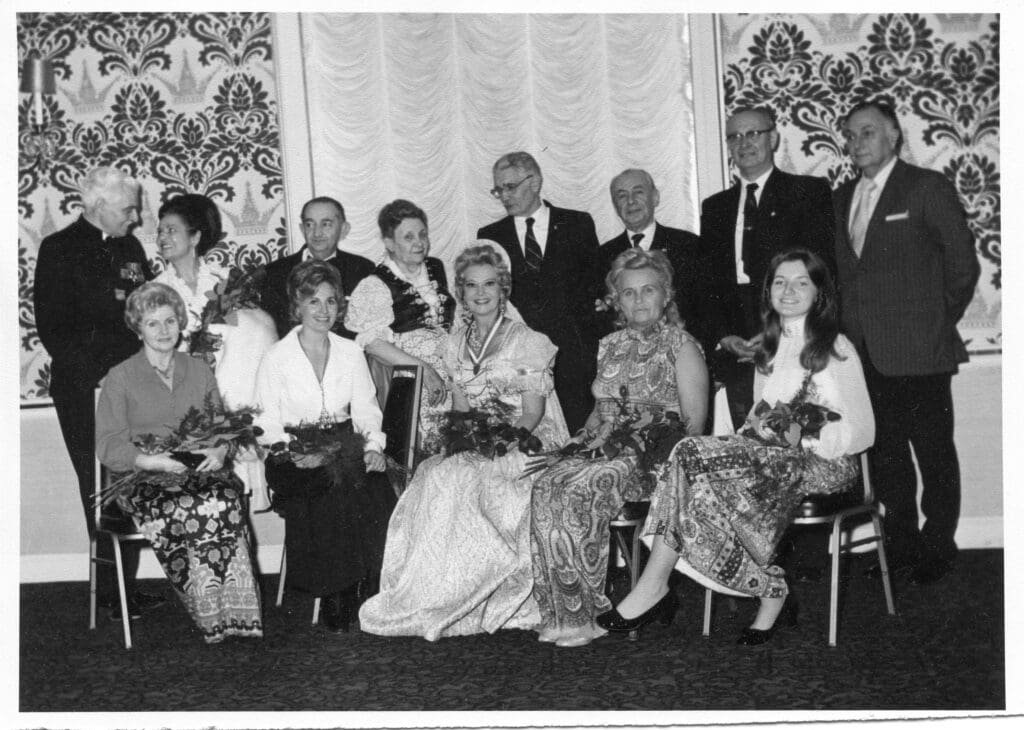
We met every two weeks on Fridays to listen to lectures and then socialize. Later, our group of about twenty friends took over the organization of the annual Helicon Ball, of which I became the president in 1980. It was an elegant event, a representation of our community to the outside world, attended by many Canadian politicians. I must also mention that I have been a member of the Hungarian Scout Organization in Exteris as a squad and patrol leader in Toronto, a troop leader in Cleveland and a member of the leadership training program. This scouting background was instrumental in maintaining my Hungarian heritage.
What about your husband’s family?
My father-in-law’s family originated in Kecskemét, Hungary, then lived in Kolozsvár (today Cluj, Romania) and were forced to return to Hungary after WWI. The three siblings, János, Gyula and Rózsa completed their doctoral degrees at the University of Economics in Budapest, and had promising careers until 1945 when they escaped to Austria from the incoming Soviet troops. Dr. János Nádas had already lived a very active community life back in Hungary: he represented the Hungarian youth at the Kossuth pilgrimage to the USA in 1928; he was the president of the Youth Association of the University of Economics and President of the National Association of Hungarian University Students. He was the editor and owner of the weekly newspaper Igaz Szó in Újpest, secretary of the Hungarian Press Chamber, and national secretary general of the Party of Hungarian Life. My father-in-law dr. Gyula Nádas was a financial advisor in the Ministry of Finance and Dr. Rózsa Nádas was the head librarian of the Chamber of Commerce and Industry in Hungary. Dr. János Nadás founded the Hungarian Association already in 1948 in the displaced persons camp in Austria, and then again in 1950 in Cleveland. He was joined by his siblings in the organization work, Dr. Rózsa Nádas was mainly in charge of the administration, Dr. Nádas Gyula organized the exhibits.
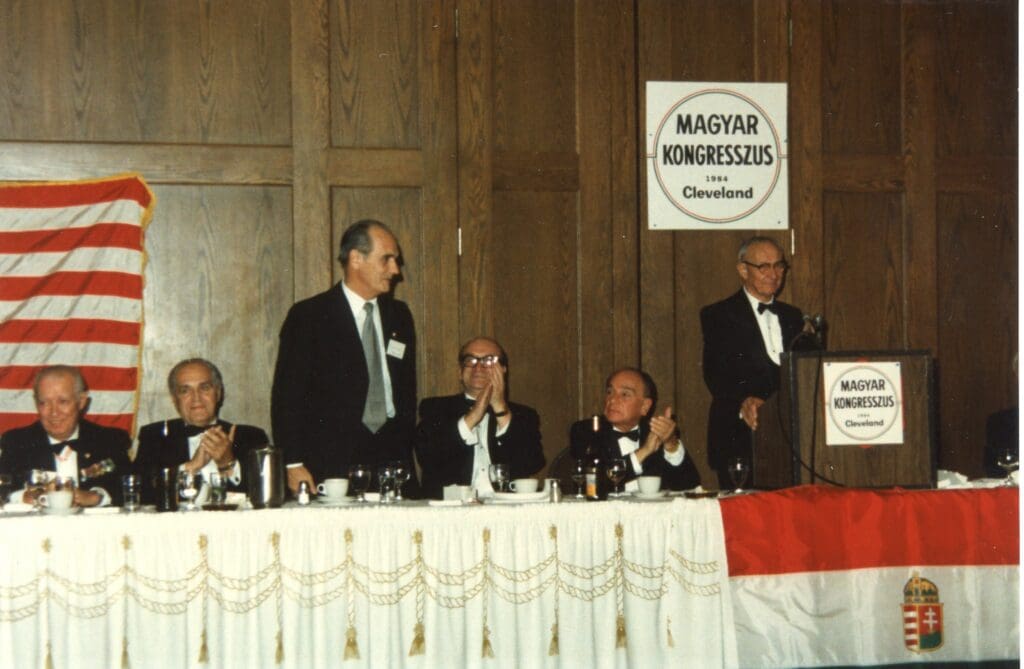
How did the two of you meet?
When I attended the Hungarian Congress in 1980, I met Dr. Gyula Nádas’s son János. He was born in Innsbruck, Austria, in a refugee camp, came to America as a small child, got involved in the Hungarian community in Cleveland, taking advantages of all it had to offer: he had Hungarian fencing, swimming and violin instructors and was a member of the local Hungarian scout troop. Thanks to his Hungarian coaches, in 1970, he won the NCAA (National Collegiate Athletic Association) fencing championship in épée and that partially opened the door to his acceptance at Duke medical school. Once he got his degree in psychiatry in Chicago he did do some scouting and helped his family with the Hungarian Association’s Congress. We got married in 1981, which is how I moved to the USA and became part of the extended Nádas family. We lived in Indiana initially, very far from the Hungarian communities and my Toronto-based parents, so we moved closer, to about an hour south of Cleveland, and thus we were able to get involved in the local Cleveland Hungarian community.
What was the original purpose of the institution?
Their call was ‘to invite all Hungarians to join the Hungarian fraternal community, to cultivate Hungarian culture, to improve their own destiny, to promote the great Hungarian goals’. They wanted to provide a home where at least once a week, on Sunday afternoons and evenings, „ all Hungarian individuals and families, especially new immigrants, could meet in an intimate and relaxed atmosphere, at minimal cost”. Social events were regularly organized (chess, bridge and tarot clubs, social and dance evenings), as well as a series of free university lectures featuring Hungarian emigrant speakers who were experts in their fields. Literary and artistic evenings, commemorations and anniversaries were also organized. The organization, although conservative in its values, was non-political. However, if there was a need to protest the Communist regime, for example in ‘56, they spoke out, and organized protests. For example, in December 1956, President Dr. János Nádas and General Secretary Aladár Burgyán sent a letter to American decision-makers calling attention to the oppression of the Hungarian freedom fight. In addition, they focused on preserving the Hungarian identity of the youth: not only in encouraging parents to support the Hungarian scout movement, but also organized a special language school. In 1961, under the leadership of dr. Ferenc Somogyi a two-year ‘Hungarian Studies Academy’, was established. The success of the academy prompted the administration of the Western Reserve University Cleveland College to start a Hungarian cultural history course in Hungarian, also taught by dr. Ferenc Somogyi.
Why were the Hungarian Meetings necessary?
Hungary lost a significant part of its educated middle class at the end of World War II. The Hungarian intellectuals, who had made friends in refugee camps in Austria, were scattered all over the world, and when dr. János Nádas, dr. Béla Béldy and dr. Ferenc Somogyi decided to organize a Hungarian Congress in 1960, participants came from not only America, but Australia, Argentina, Brazil, Venezuela, and Canada to attend. Here individuals could freely discuss the challenges that the Hungarian immigrant community was facing. Over the years, its literary and artistic evenings, elegant banquets and Hungarian balls have become major events with a nationwide importance.
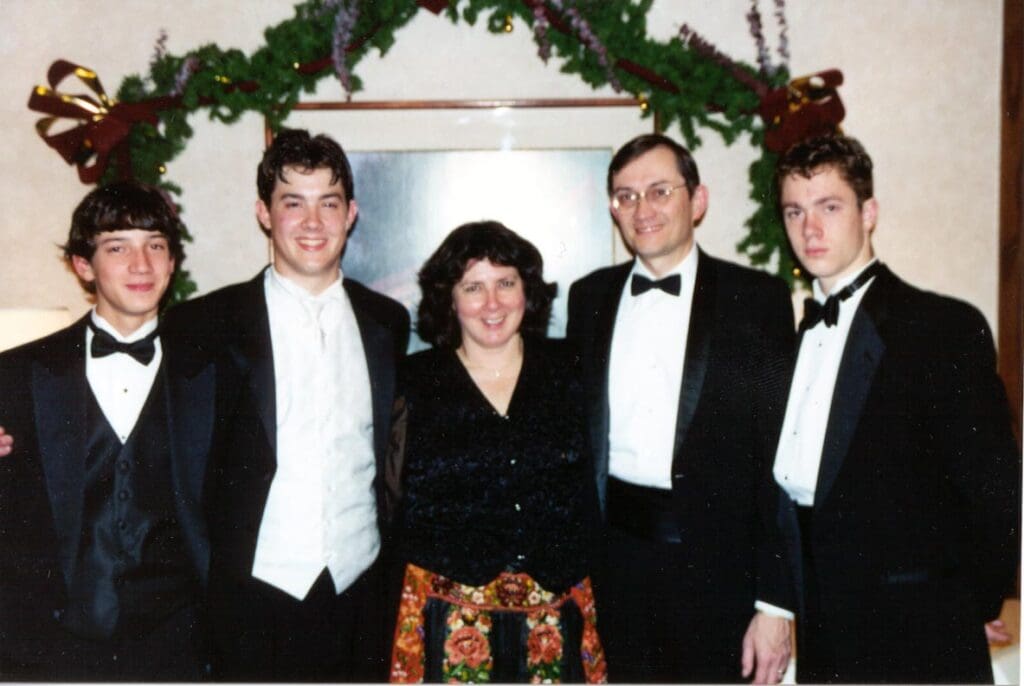
How and why was Árpád Academy founded?
In 1962, the Hungarian Association announced an annual competition and established annual awards to reward the most outstanding intellectual achievements. Gold, silver and bronze medals and certificates of honor named after Árpád, the first head of the confederation of Magyar tribes in the 10th century, were awarded. The first gold Árpád medal was a stylized copy of the Hungarian Golden Bull, drawing attention to the historical fact that the publication of this Hungarian constitutional charter of freedom in 1222 followed only seven years after the publication of the English Magna Carta. The establishment of the Árpád Academy was decided in 1965, to group together the winning competitors. Their aim was to search for, enumerate, professionally evaluate, preserve and promote the recognition of outstanding works of Hungarian authors, artists, researchers and professionals living in the Diaspora. Dr. Ferenc Somogyi, was the first general secretary and his legacy today is carried on by his son Lél Somogyi.
And how did you end up on the board of the Hungarian Association?
My involvement started only in the late 1990s when members of the previous generation passed away or were no longer able to carry on organizing the events because of their age. There was a functioning Board, which slowly grew to encompass a younger generation including people whose parents belonged to the Hungarian Association, such as the current vice-president dr. Márta Pereszlényi, Lél Somogyi or my sister-in-law, Panni Nádas Ludányi. Dr. Gyula Nádas took over the Presidency of the Hungarian Association in 1992 after Dr. John Nádas died. His son, my husband Dr. John Nádas took over the organization in 2004 as President. Currently we focus on organizing the Hungarian Congress, the meeting of the Árpád Academy and the Hungarian Ball every November. The Hungarian Community in Cleveland is very strong with many monthly meetings including lectures and exhibits by the Cleveland Hungarian Heritage Museum, Hungarian National commemoration by the United Hungarian Societies, and there are several Hungarian church and Hungarian scouting programs. Our yearly meeting further strengthens the community offerings.
How has the Hungarian Association adapted to a changing world?
This is a difficult issue. The people for whom these meetings were an integral part of their life have passed away. One challenge we face is that the event is on Thanksgiving weekend, which is a family holiday in the USA, and many of our members travel out of state to be with their families. On the other hand that is when a lot of college students come home, and the Congress gives them a chance to get together. This year, family values was our main theme, and for the first time, we introduced a family program with children’s games. This brought in the thirty- to forty-year-olds, who brought their children and while the children were playing, they could talk to each other or attend presentations. Ilona Gulden and János Szabó, organized a folk dance for families. We also had a puppet show re-enacting the folk customs of the Bethlehem Story. One of our legacies was debutante balls. At this moment being a debutante is not trendy, but the atmosphere of times long past was recreated by the Hungarian Scout Ensemble performance of the traditional Palotás Court dance. We are trying to recruit younger people as organizers; for instance, my husband’s niece, Krisztina Nádas, joined us recently as treasurer. Her daughter Réka and her sister-in-law Tímea Nádas gave lectures. The whole Nádas family participated at the Ball. Kata Nagy Nádas is planning to put together a Hungarian evening show performance for next year. Every year young Ferenc Somogyi, Lél Somogyi’s son, helps with the IT. But it is not enough to have one or two families help; this is not a family organization. We would like as many people as possible to come, we need people of all ages. This needs to be a community affair.
Let’s also talk about your other family heritage, the reformed (Calvinist) colleges in Transylvania.
After the change of regime, in 1990, I was asked by my mother’s cousin Dr. Kálmán Csiha, Bishop of The Reformed Church of Transylvania to be the administrator of the Calvin Synod’s mission to support the schools of the Reformed Church in Transylvania.
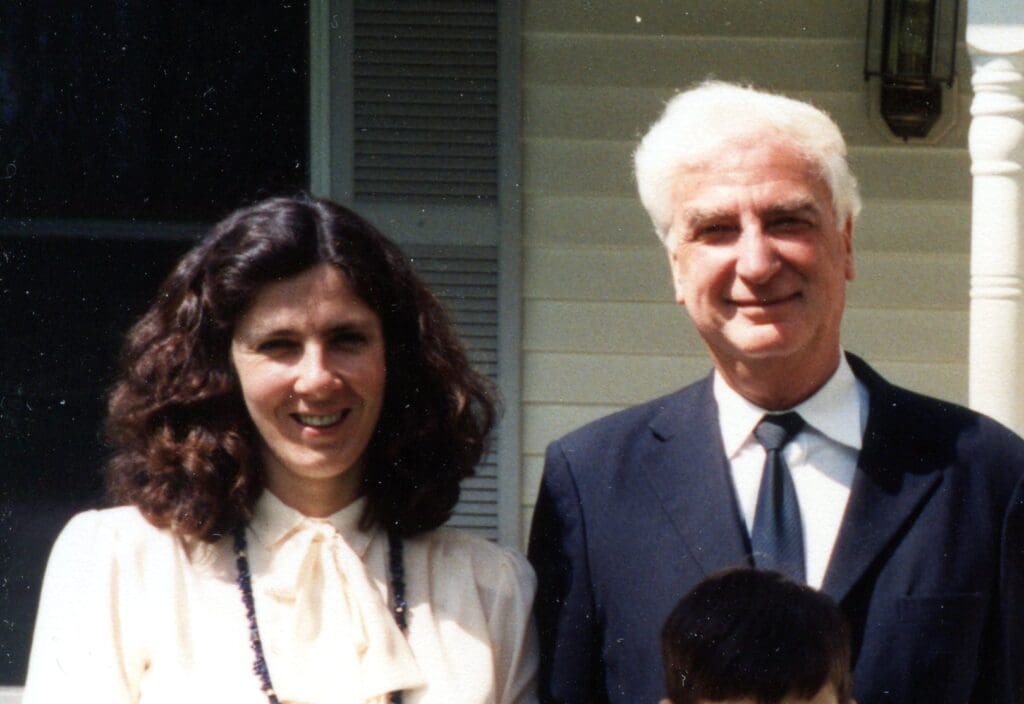
Our first fundraiser was for the construction of the dormitory of the Reformed Church Kolozsvár Boarding School which became the Diaconate building. Then we started the symbolic godparent program to financially support the students attending the school. The donations supported the building of the Diaconate building in Marosvásárhely (Târgu Mureș, Romania), the refurbishing of the Bolyai School in Marosvásárhely, and the building of the gym in the Székelyudvarhely (Odorheiu Secuiesc) Collegiate. Today we support four Reformed Church schools in Transylvania, with donations for school upkeep and student support. In total, more than two and a half million dollars have been donated to these institutions all from Hungarians living in the Diaspora. Initially we supported ten students; today we support 130.
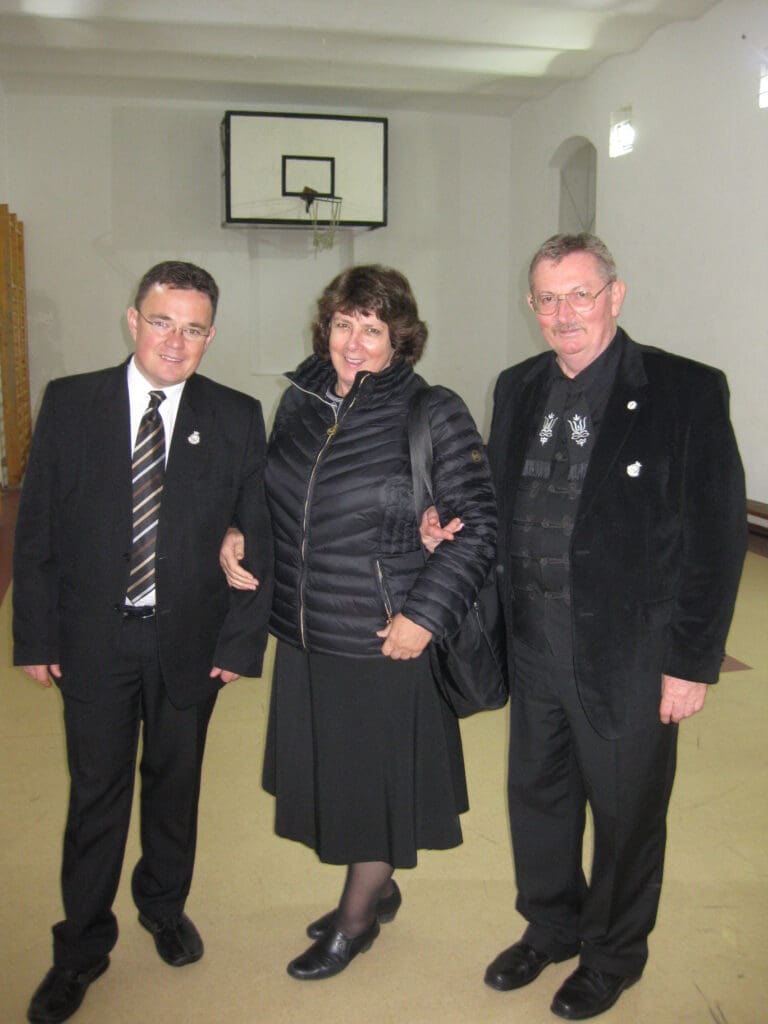
Are you coordinating all this? Why did you take it on?
Transylvanians have always been dear to my family. When Bishop Csiha was put in a Romanian prison for political reasons after 1956, my grandmother went into mourning. As a child, I did not understand what was happening, I just felt that it was something very serious. The fate of the Hungarian minority in Transylvania is something that has stayed with me for my entire life. I think many people in my generation are still emotionally very much attached to Transylvania. I do coordinate the Calvin’s Synod School mission, but I have had help and support from several individuals. Edith Lauer, my friend, was well versed in fundraising and provided much needed guidance. Rev. Béla Szigethy, who lived on the West Coast, and Rev. Sándor Babos, the only missionary of the Reformed Church, were my spiritual supporters, but they both passed away long ago. My job currently is meticulous background work: keeping in touch with our donors through newsletters, following up regularly, thanking them personally for their donations, commemorating deceased donors, etc. Thus, the whole donor community is like a circle of friends working together for a common cause. Some donate $100, others $150,000, depending on how much money they can afford and how emotionally attached they are to the cause. Those who pass away usually leave us larger legacy donations. Sadly, no new donors have stepped into their shoes, so this year there were only twenty-seven donors, but still $118,000 was collected, which is a large amount. I hope the next North American Reformed Church Calvin Synod bishop will support the mission, like our current Bishop, Rev. Dr. Csaba Krasznai does. Fortunately, the Hungarian government is supporting the Transylvanian churches and their institutions, so I no longer have the feeling that their financial fate depends solely on this mission.

